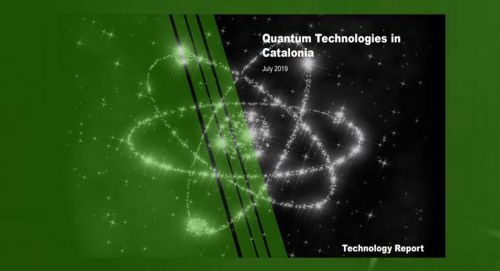
29/10/2019
The ICN2 research center is involved in the quantum revolution
The ICN2 research center is involved in the quantum revolution
More news
18/10/2017
The Sixth Ideas Generation Program Sponsored by the Barcelona Synchrotron Park Has Begun
12/10/2017
Barcelona Synchrotron Park's commitment to Biodiversity
02/10/2017
8 Congresses at the same time: it’s the Barcelona Industry Week!
26/09/2017
50th anniversary: congratulations UAB!
21/09/2017
More than 7,000 foreign companies in Catalonia
13/09/2017
How ALBA Synchrotron Works









